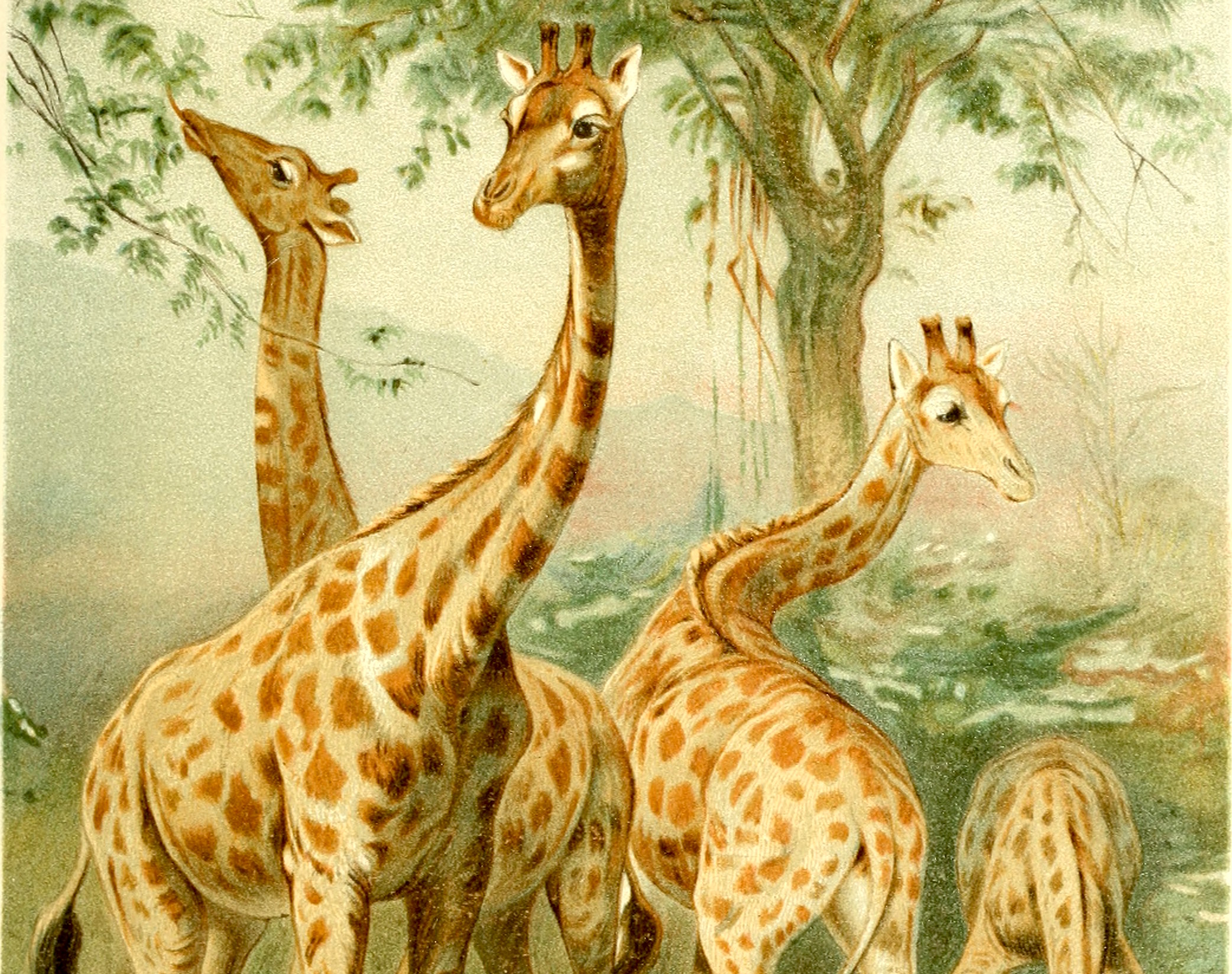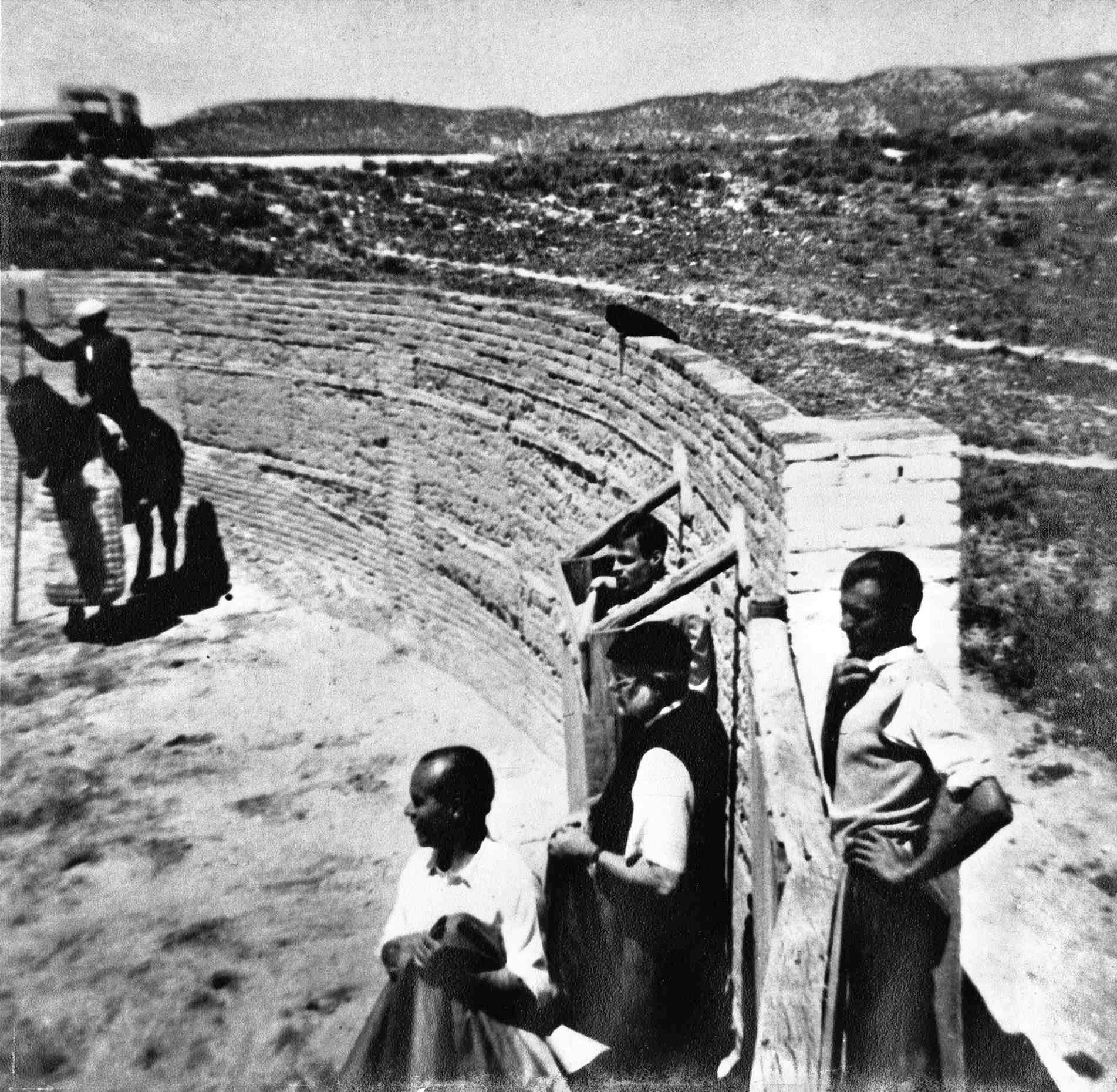The Watch The Heirs Onlinefirst words uttered by a human standing on the moon are iconic. But so are the words from the second brazen astronaut.
"Beautiful, beautiful. Magnificent desolation," marveled NASA astronaut Buzz Aldrin.
Indeed, the moon's powdery surface is a harsh, airless, inhospitable place, a world that reaches 250 degrees Fahrenheit (121 Celsius) and drops to -208 F (-133 C) at the equator — though NASA has recorded temperatures of -410 F (-246 C) in the permanently shadowed lunar craters.
But the desolate moon holds surprises and still undiscovered secrets. Below you'll find curiosities about the moon's past, present, and future.
SEE ALSO: NASA’s most unusual astronaut has diedOur natural satellite is on average some 238,855 miles away from Earth. But it's gradually departing.
"The Moon is slowly moving away from Earth, getting about an inch farther away each year," NASA explains.
Energy from the spinning Earth is transferred to the moon, ultimately pushing it farther out. This gradual separation will continue for billions of years. Meaning the moon will one day be 100,000 or so miles farther away in some 5 billion years, when our sun expands and dies.
 NASA Astronaut John W. Young leaping on the moon in 1972. Credit: NASA
NASA Astronaut John W. Young leaping on the moon in 1972. Credit: NASA The moon still shakes and rattles.
This world experiences seismic activity, aka "moonquakes," the first of which were recorded by seismometers left on the lunar surface by Apollo astronauts. The instruments recorded over 13,000 quakes, and not all the temblors were small.
"Some of these quakes can be fairly strong, around five on the Richter scale," Thomas Watters, senior scientist in the Center for Earth and Planetary Studies at the Smithsonian’s National Air and Space Museum, said in a statement.
Planetary scientists suspect that the shrinking moon, under a third the width of Earth, is triggering these quakes. "Just as a grape wrinkles as it shrinks down to a raisin, the Moon gets wrinkles as it shrinks," NASA explains. "Unlike the flexible skin on a grape, the Moon’s surface crust is brittle, so it breaks as the Moon shrinks, forming 'thrust faults' where one section of crust is pushed up over a neighboring part."
 A fault that formed on the lunar surface as the moon slowly contracts. Credit: NASA / GSFC / Arizona State University / Smithsonian
A fault that formed on the lunar surface as the moon slowly contracts. Credit: NASA / GSFC / Arizona State University / Smithsonian When NASA journeyed to the moon, the space agency found that lunar dust was a major problem. It "clogged mechanisms, interfered with instruments, caused radiators to overheat, and even tore up their spacesuits," NASA explained. And if inhaled, lunar dust could damage lungs.
"The dust is very fine, abrasive and sharp, like tiny pieces of glass, making it more of a dangerous threat than just a simple nuisance," Sharon Miller, a NASA research engineer, said in a statement.
That's because, unlike on Earth, soil and rocks on the lunar surface aren't smoothed down and eroded by water and wind. So it's a damaging environment. As NASA prepares to return astronauts to the moon (the Artemis program), the agency seeks to mitigate dust damage to its rovers, spacesuits, power systems, and beyond.
"Dust is going to be the environmental problem for future missions, both inside and outside habitats," said Harrison “Jack” Schmitt, a geologist and Apollo 17 astronaut.
The moon is both a museum and a dump. Human explorers have left a variety of objects, often out of necessity. Here are some examples.
- Human waste:There are 96 bags of poop on the moon.
- Human ashes: NASA's Lunar Prospector probe carried astronautEugene M. Shoemaker's ashes to the moon in a protected capsule in 1999. "We will always know when we look at the moon, that Gene is there," said Carolyn Shoemaker, an astronomer and wife of Eugene Shoemaker.
- Golf balls: It's not fiction. Astronaut Alan Shepard really brought a couple of golf balls to the moon, and launched them across the lunar surface.
- Hammer-Feather Drop: Live on TV in 1971, Apollo 15 Commander David Scott dropped a feather and hammer at the same time. "Because they were essentially in a vacuum, there was no air resistance and the feather fell at the same rate as the hammer, as Galileo had concluded hundreds of years before — all objects released together fall at the same rate regardless of mass," NASA explained.
The moon's surface is notoriously harsh. It reaches up to 260 Fahrenheit (127 C) in daytime and plummets down to -280 F (-173 C) in the lunar night.
Yet NASA has identified pits on the surface that "hover around a comfortable 63 F (about 17 C)." The space agency's moon satellite, the Lunar Reconnaissance Orbiter(LRO), captured environmental data about these pits, some of which are collapsed lava tubes (created long ago when lava oozed under the lunar surface).
"Lunar pits are a fascinating feature on the lunar surface," LRO Project Scientist Noah Petro said in a statement. "Knowing that they create a stable thermal environment helps us paint a picture of these unique lunar features and the prospect of one day exploring them."
 The Mare Tranquillitatis pit crater. Credit: NASA Goddard / Arizona State University
The Mare Tranquillitatis pit crater. Credit: NASA Goddard / Arizona State University These pits don't simply provide pleasant temperatures. "The pits or caves would also offer some protection from cosmic rays, solar radiation and micrometeorites," NASA explained.
There are two giant masses of rocky material inside Earth, made of different elements than the rest of Earth's interior. Scientists think these masses came from a violent collision — the same one that created the moon.
 An artist's conception of the ancient planet Theia colliding with an early Earth. Credit: Hernan Canellas / ASU
An artist's conception of the ancient planet Theia colliding with an early Earth. Credit: Hernan Canellas / ASU Geologists suspect that an object dubbed "Theia," which at the time was a smaller planet, collided with early Earth. Earth absorbed much of Theia, and the rest amassed into what is now the moon.
"It appears that Earth's blobs are remnants of a planetary collision that formed our moon," Ed Garnero, a professor at Arizona State University's School of Earth and Space Exploration, said in a statement. "In other words, the massive blobs currently inside Earth, deep beneath our feet, are extraterrestrial. Earth not only has 'blobs,' Earth has extraterrestrial blobs!"
This story has been updated with more facts about the moon.
 Best earbuds deal: Save 20% on Soundcore Sport X20 by Anker
Best earbuds deal: Save 20% on Soundcore Sport X20 by Anker
 Mariah Carey announces the official start of the holiday season on TikTok
Mariah Carey announces the official start of the holiday season on TikTok
 How to temporarily deactivate your Facebook account
How to temporarily deactivate your Facebook account
 NYT's The Mini crossword answers for November 1
NYT's The Mini crossword answers for November 1
 U.N. confirms the ocean is screwed
U.N. confirms the ocean is screwed
 There Are Plenty of Things to Despair About. E.g.: Giraffes Face Extinction
There Are Plenty of Things to Despair About. E.g.: Giraffes Face Extinction
 Plimpton and Hemingway in Cuba
Plimpton and Hemingway in Cuba
 A Century Later, Clues in the Boston Molasses Disaster
A Century Later, Clues in the Boston Molasses Disaster
 Hey, Look, Everyone—It’s the Medieval Wound Man!
Hey, Look, Everyone—It’s the Medieval Wound Man!
 SpaceX's Starlink will provide free satellite internet to families in Texas school district
SpaceX's Starlink will provide free satellite internet to families in Texas school district
 Emma D'Arcy's Negroni Sbagliato is making TikTok horny
Emma D'Arcy's Negroni Sbagliato is making TikTok horny
 Legs are coming to the Metaverse and everyone is...underwhelmed
Legs are coming to the Metaverse and everyone is...underwhelmed
 MacBook Pro's priciest 16
MacBook Pro's priciest 16
 How to find your IP address
How to find your IP address
 On the “Mrs Thrale” Bit in “Meditations in an Emergency”
On the “Mrs Thrale” Bit in “Meditations in an Emergency”
 Our New Website Features Our Complete Digital Archive
Our New Website Features Our Complete Digital Archive
 Today's Hurdle hints and answers for April 23, 2025
Today's Hurdle hints and answers for April 23, 2025
 Staff Picks: Teddy Wayne, Terrance Hayes, Notes on Blindness
Staff Picks: Teddy Wayne, Terrance Hayes, Notes on Blindness
Stores are already selling the 'LOL' shirt worn by North Korea 'assassin'This photo series proves trans people are more than their gender identityBasketball team refuses to play without its female members, forfeits season80 new Pokémon are coming to 'Pokémon Go'80 new Pokémon are coming to 'Pokémon Go'Comcast to debut new Xfinity Stream appJack Dorsey is ready to give Twitter an AI makeoverThis sports psychologist may be the secret weapon of 'CounterStores are already selling the 'LOL' shirt worn by North Korea 'assassin'Guy sacrifices Tesla to save unconscious driver, Elon Musk offers to cover repair costsThe Dystopia Project: 'It Can't Happen Here'You can now apply and interview for a job entirely within FacebookThis photo series proves trans people are more than their gender identityDomino's Pizza failed spectacularly at making a heartItalian restaurateur has brilliant idea to award polite childrenGet your feet wet as a marine biologist in a VR coral reefProfessor Willow from 'Pokémon Go' needs to be immediately sackedNew iPhone might have a 'function area' instead of a home buttonCouple had romantic Valentine's Day dinner... on a New York City subway platform80 new Pokémon are coming to 'Pokémon Go' Mars may have harbored a shocking amount of water, scientists find How Jean Toomer Rejected the Black Could The Baby Selika, Mystery of the Belle Epoque Francine du Plessix Gray and Sorrel Soup by Vasily Rudich and Gabriella De Ferrari Paris, Reviewed Poetry Rx: You Are a Threat Loving Yourself by Sarah Kay Staff Picks: Decadence, Doodles, and Deep Ends by The Paris Review Chartreuse, the Color of Elixirs, Flappers, and Alternate Realities by Katy Kelleher Jo Hopper, Woman in the Sun What Che Guevara and Fidel Castro Read by Tony Perrottet On Randy Travis’s Distinctive Whine by Drew Bratcher Three Writing Rules to Disregard by Benjamin Dreyer Redux: Spellbinders by The Paris Review Redux: A Secret Mouth by The Paris Review Inherited Trauma: An Interview with Emily Jungmin Yoon by Lauren Kane Stuck on You: An Ode to the Second Person by Nell Stevens One Missing Piece by Jill Talbot A Darker Canvas: Tattoos and the Black Body Passing Mary Oliver at Dawn by Summer Brennan
2.3436s , 10158.0234375 kb
Copyright © 2025 Powered by 【Watch The Heirs Online】,Feast Information Network